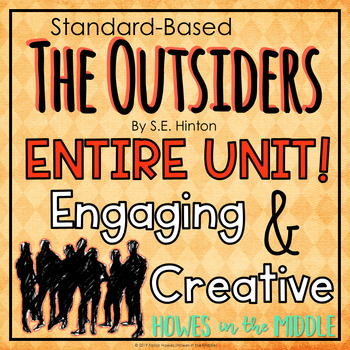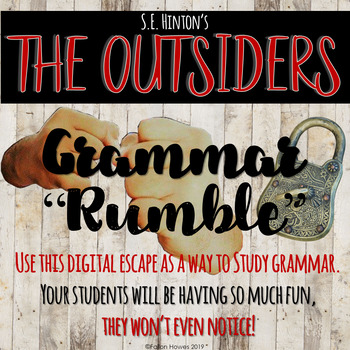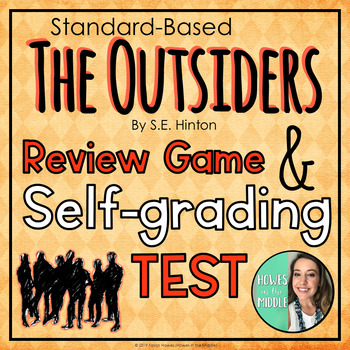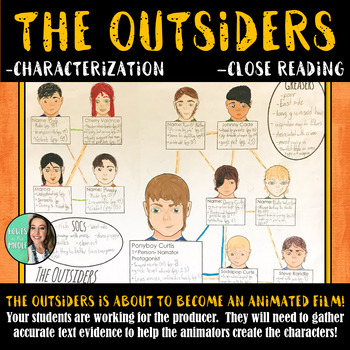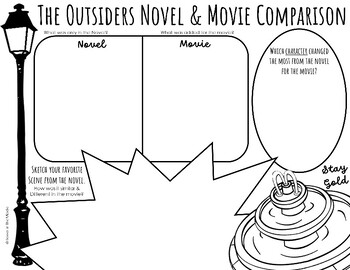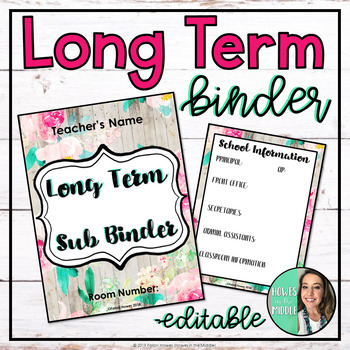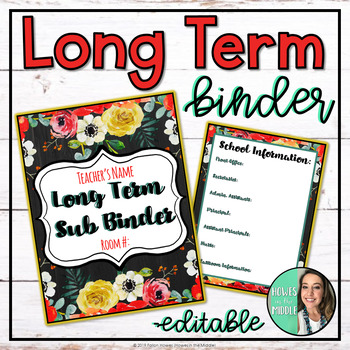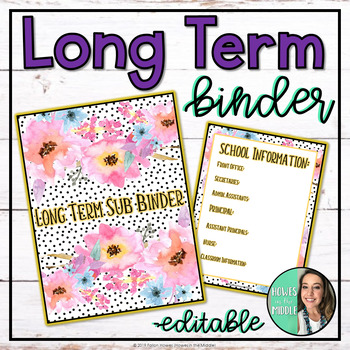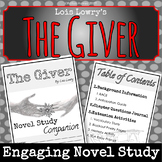Socratic Seminars have emerged as a powerful and engaging pedagogical tool in English Language Arts (ELA) classrooms, fostering critical thinking, communication skills, and a deeper understanding of literature. In this blog post, we'll explore the benefits of incorporating Socratic Seminars into your ELA curriculum and provide insights into how these seminars work. Additionally, I'll share my insights and ideas for hosting your own Socratic seminars in your classes, ensuring you have the resources to implement this dynamic teaching method in your classroom.
Benefits of Socratic Seminars in ELA:
Critical Thinking Skills Development:
- Socratic Seminars encourage students to think critically about literary texts, analyze complex ideas, and form evidence-based arguments. This process enhances their ability to engage deeply with the material. It is especially helpful if your students are struggling with inferential skills. I personally always feel I can assess TDA skills better with a Socratic seminar than with just essay writing alone.
Active Participation and Collaboration:
- Students actively participate in discussions, promoting collaboration and the exchange of diverse perspectives. This interactive approach fosters a sense of community in the classroom and helps students build on each other's ideas. I often find that seminars give my introverted students a time to shine. I am often blown away by at least a few of my students' contributions to their discussion. I like that these opportunities help involve everyone in our unit of study.
Improved Communication Skills:
- Through Socratic Seminars, students refine their communication skills by articulating their thoughts clearly and respectfully challenging the ideas of their peers. This contributes to the development of effective verbal communication, a crucial skill in ELA and beyond.
Increased Engagement with Texts:
- Socratic Seminars make literature come alive for students, as they delve into the nuances of characters, themes, and literary techniques. This active engagement helps students connect more deeply with the texts they study.
Cultivation of Metacognition:
- By participating in Socratic Seminars, students learn to reflect on their thinking processes and adjust their approach to discussions. This metacognitive awareness contributes to lifelong learning habits. I typically give my students about 40 minutes in class to prepare for their fishbowl discussion.
How Socratic Seminars Work:
Preparation:
- Assign students a specific text to read in advance.
- Encourage them to annotate the text, noting key passages, questions, and insights.
- Give students their Socratic Seminar packet/questions to prepare. Again, I typically give my kids about 40 minutes to adequately prepare for their fishbowl discussion.
Discussion Format:
- Arrange students in a circle to facilitate open communication.
- Establish ground rules for respectful dialogue.
- The teacher acts as a facilitator, guiding the discussion without dominating it.
- I grade students by actively taking notes throughout the discussions.
Questioning Techniques:
- Use open-ended, thought-provoking questions to guide the discussion.
- Encourage students to build on each other's responses and explore diverse perspectives.
Assessment:
- Evaluate students based on their contributions, critical thinking, and ability to support their ideas with evidence from the text.
- Provide constructive feedback to enhance future seminar participation.
Links to My Latest Socratic Seminar Lessons:
The Lottery by Shirley Jackson: Engage your students with this dynamic Socratic seminar lesson focused on Shirely Jackson's thought-provoking short story, "The Lottery" This comprehensive resource is designed for 7th-10th graders, offering an immersive experience that encourages critical thinking, textual analysis, and lively discussion. Ready to Print!Harrison Bergeron by Kurt Vonnegut: Engage your students with this dynamic Socratic seminar lesson focused on Kurt Vonnegut's thought-provoking short story, "Harrison Bergeron." This comprehensive resource is designed for 7th-10th graders, offering an immersive experience that encourages critical thinking, textual analysis, and lively discussion.
The Landlady by Roald Dahl: Empower your middle school students by using a captivating Socratic seminar centered around Roald Dahl's chilling short story, "The Landlady." This comprehensive lesson is designed to foster critical thinking, analyze multiple perspectives, and unravel the layers of suspense within the narrative. Ready to print and go!
The Gift of the Magi by O. Henry: Unlock the power of critical thinking and literary analysis with this comprehensive Socratic seminar lesson for 7th-10th grade readers. Dive deep into the timeless tale of sacrifice and love in "The Gift of the Magi" by O. Henry, fostering a dynamic classroom discussion that encourages students to think independently and draw connections from the text. Ready to print and go!
Integrating Socratic Seminars into your ELA classroom can transform the learning experience, fostering a community of critical thinkers and communicators. As you explore the benefits and implementation strategies outlined in this post, consider incorporating our latest Socratic seminar lessons available on Teachers Pay Teachers to enrich your curriculum and provide students with meaningful opportunities for literary exploration.






